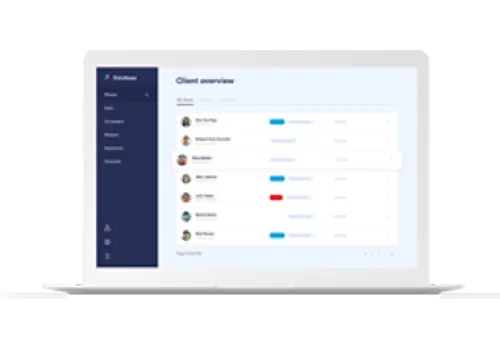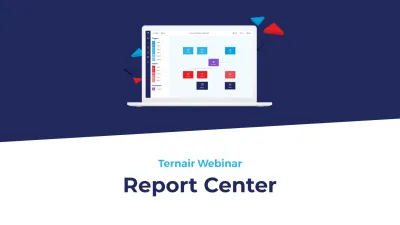You may have heard of the term Customer Data Platform (CDP). But what exactly is a CDP and what are you missing in your marketing strategy if you're not using one? In this article, you'll discover all about Customer Data Platforms, how a CDP brings all your online and offline customer data together and helps you create campaigns that really surprise your customers personally.
What makes a CDP so important, and how can it help you get ahead of your competitors? Read on to discover all the benefits and how you can deploy them effectively.
What is a Customer Data Platform?
A Customer Data Platform, often abbreviated as a CDP, is software that collects customer data from various sources, structures it and makes it available for marketing and other business purposes. By centralizing all customer interactions, CDPs provide a complete, consistent and up-to-date customer view that enables your company to communicate and personalize more effectively.
Customer data and customer interactions are often stored and available in different systems and databases. Moreover, they are different in nature and structure. A CDP solves this.
The power of customer data
Exploiting customer data through a CDP opens the door to a wide range of possibilities, such as:
Deep insight into customer behavior: By analyzing data, you can discover patterns and trends, allowing you to better anticipate customer needs.
Personalized customer experiences: A CDP enables you to provide relevant and timely offers based on each customer's unique behavior and preferences.
Improved customer loyalty: By providing a consistent and valuable customer experience across all channels, you build stronger customer relationships.
Data-driven decision-making: With accurate and up-to-date data, you can make more informed strategic choices as a business.
Different types of data in a CDP
A CDP can manage a wide range of data to create a complete customer view, namely:
Demographic data: Basic information such as age, gender, location and occupation.
Customer Behavior Data: Clicks, interactions with websites, apps and emails.
Transaction Data: Historical purchase data, average order value and repeat purchases.
Engagement Data: Responses to campaigns, clicks on ads, and customer satisfaction metrics.
Contextual data: Information such as the device or time of day when the interaction occurred.





